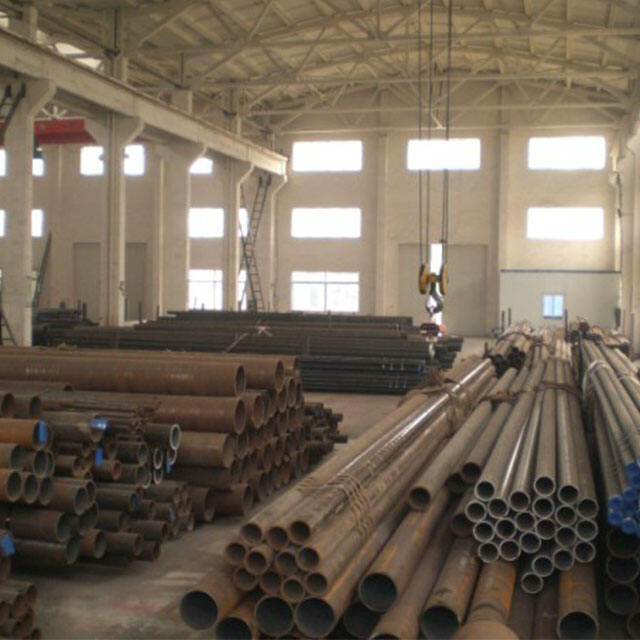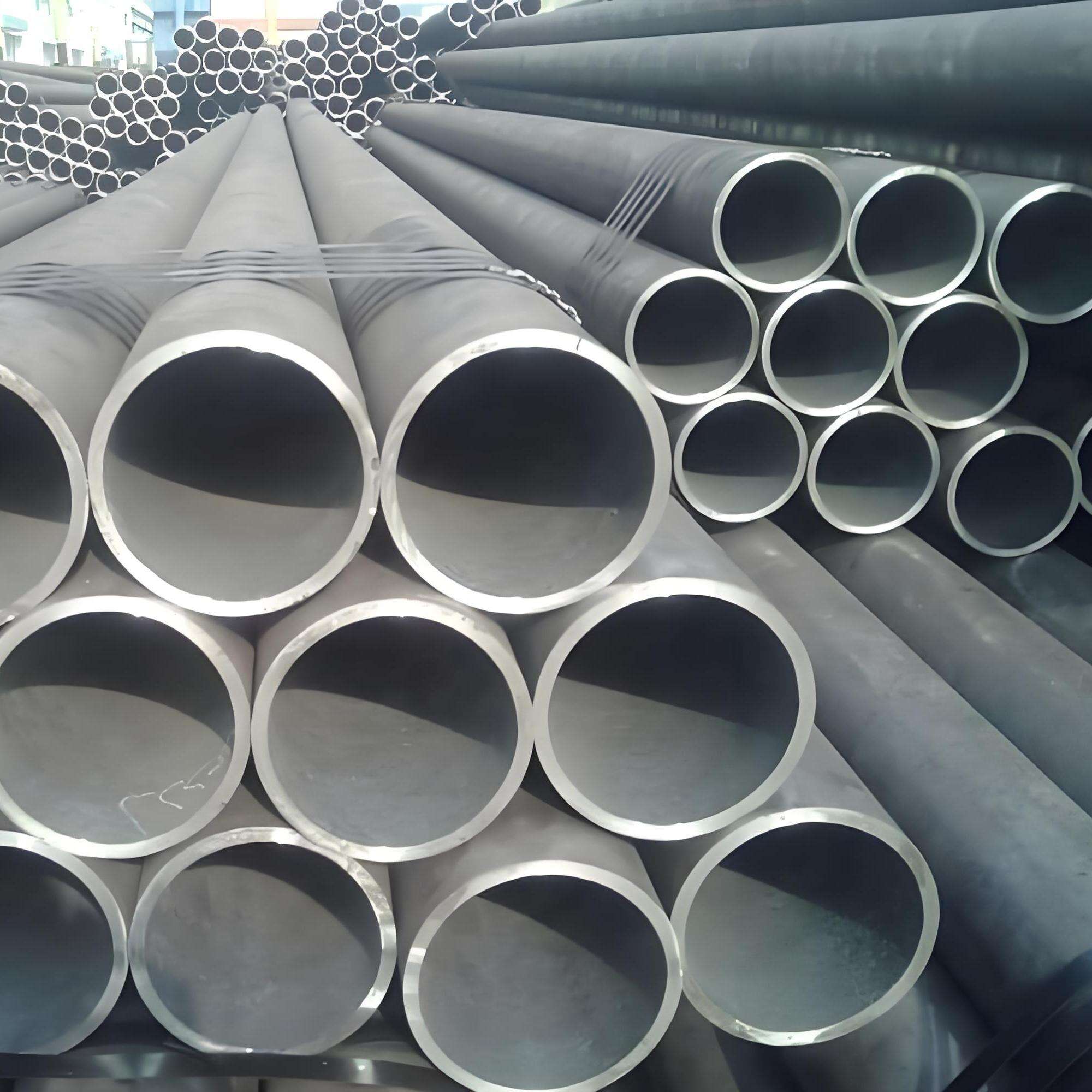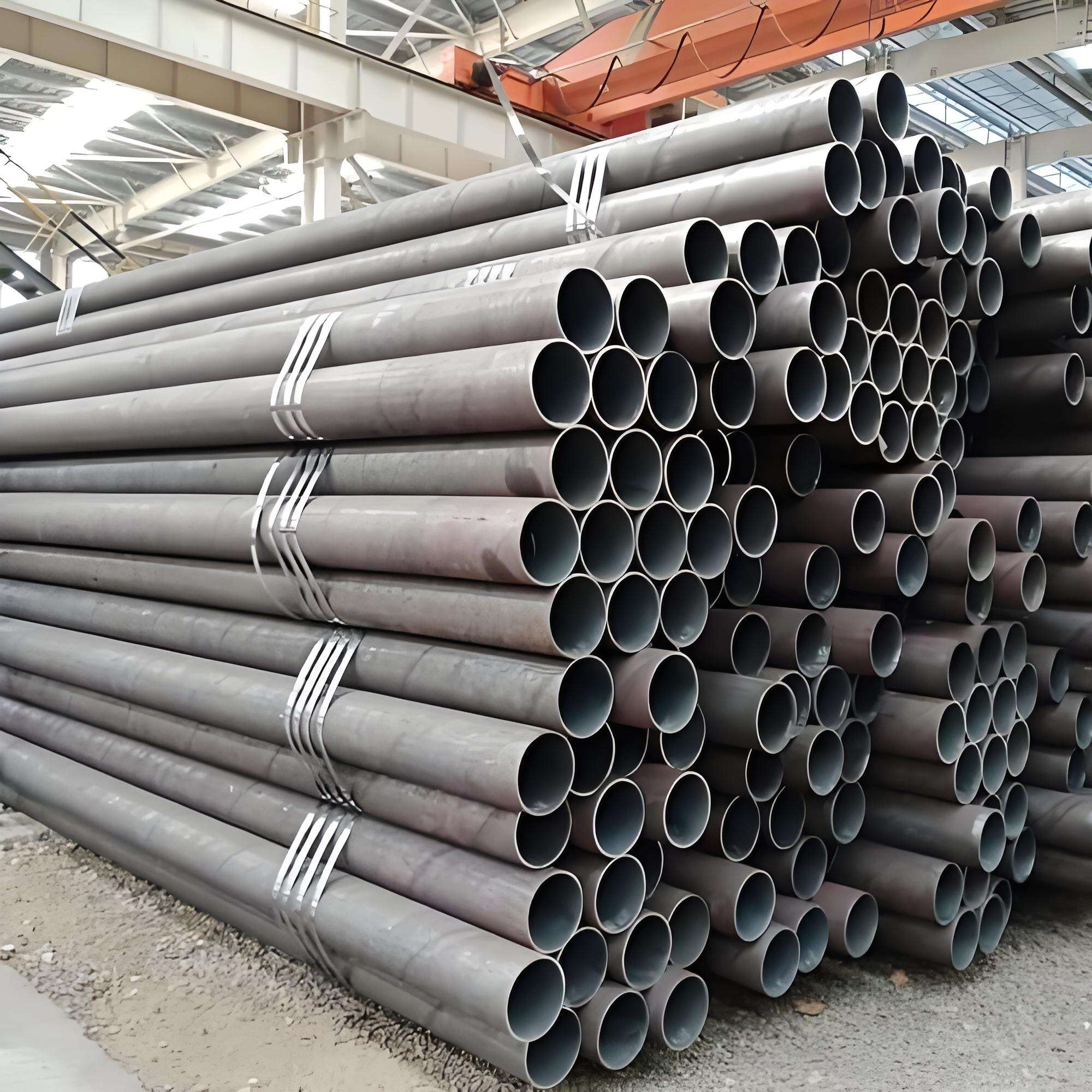carbon steel pipe price
Carbon steel pipe pricing represents a critical consideration in industrial and construction projects, reflecting the balance between quality, durability, and cost-effectiveness. These pipes, manufactured from steel with varying carbon content typically ranging from 0.05% to 2.1%, offer exceptional strength and reliability for diverse applications. The price structure is influenced by multiple factors, including raw material costs, manufacturing processes, dimensional specifications, and market demand. Modern production techniques ensure consistent quality while maintaining competitive pricing, making carbon steel pipes an economically viable choice for various projects. These pipes excel in high-pressure and high-temperature applications, demonstrating remarkable structural integrity and longevity. The pricing model typically accounts for wall thickness, diameter specifications, and surface treatment requirements, allowing customers to optimize their investment based on specific project needs. Furthermore, carbon steel pipes maintain their value proposition through reduced maintenance requirements and extended service life, contributing to lower total ownership costs. The market pricing reflects the pipes' versatility in applications ranging from oil and gas transportation to structural support in building construction, making them a cornerstone component in industrial infrastructure development.


